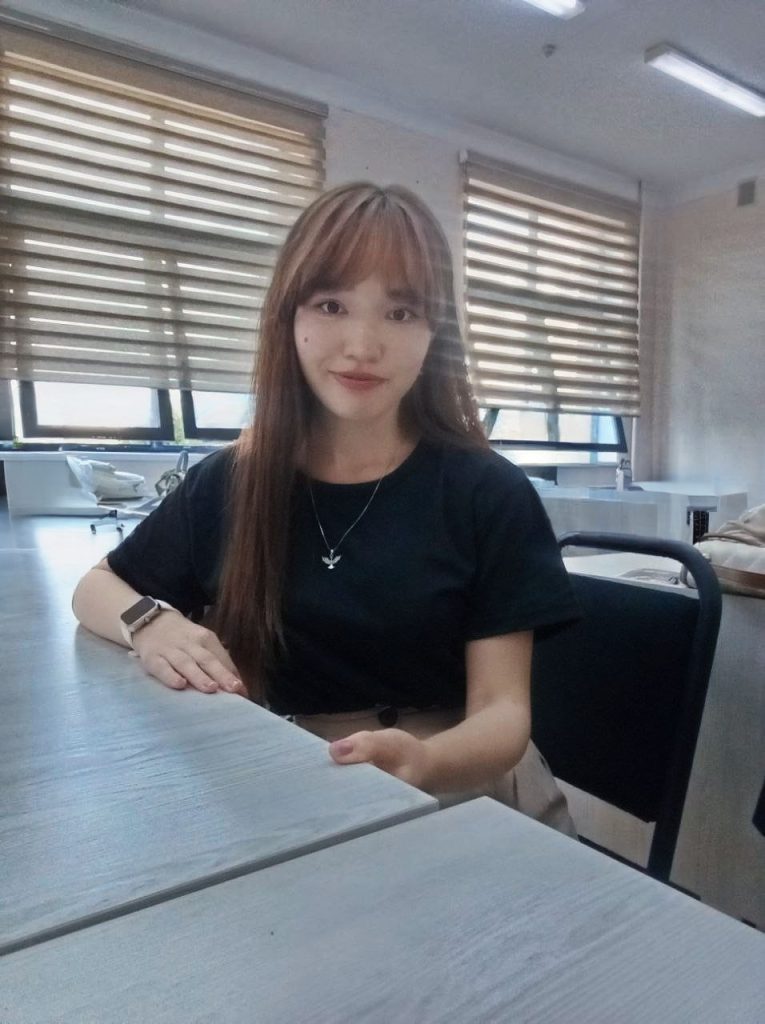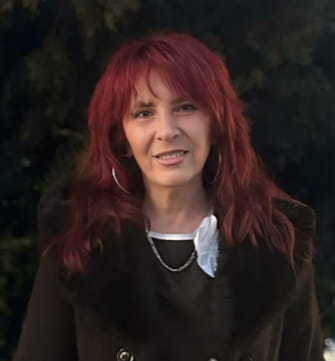The role and perspective of the native language in the era of globalization
Andijan State Pedagogical Institute
Ózbek language and direction of literature
Stage 1 student
Orifjonova Nozima
Azizbek qizi
Annotation:
This article analyzes the impact of the globalization process on the native language, its place and position in society. The article reflects on how the prestige and importance of national languages are changing as a result of the prevalence of foreign languages. Also, in the current period, issues of preservation, development of the native language and increased attention to it will be covered. During the study, the role and perspective of the native language in maintaining national identity in the context of globalization is analyzed on a scientific basis.
Keywords:
Globalization, the influence of foreign languages, attention to the native language, the national language, prestige, its place in society, the position of the native language.
Annotation
This article analyzes the impact of globalization on the mother tongue, its role, and its status in society. It discusses how the widespread use of foreign languages has influenced the prestige and importance of national languages. The article also highlights the current effects to preserve and develop the native language and to strengthen attention to it. The study scientifically tests the role and prospects of the mother tongue in maintaining national identity in the context of globalization.
Keywords: Globalization, influence of foreign languages, attention to the native language, national language, prestige, role in society, status of the mother tongue.
Annotation:
This article analyzes the impact of the globalization process on the native language, its place and position in society. The article reflects on how the prestige and importance of national languages are changing as a result of the prevalence of foreign languages. Also, in the current period, issues of preservation, development of the native language and increased attention to it will be covered. During the study, the role and perspective of the native language in maintaining national identity in the context of globalization is analyzed on a scientific basis.
Keywords:
Globalization, the influence of foreign languages, attention to the native language, the national language, prestige, its place in society, the position of the native language.
Introduction
In today’s era of globalization, cultural, economic and scientific ties between the peoples of the world are gaining momentum. This process naturally also enhances the effect between languages. The wide penetration of foreign languages makes the issue of the position of our native language relevant, as well as a positive impact on the thinking, speech and worldview of the younger generation. The globalization process is one of the most important stages of human development
He will strengthen social , economic, political integration of the entire Uzbek people, as well as the whole world
Transforming it into an information and communication space this process will certainly have a direct impact on the language system as well
Because language is not only a means of communication , a social phenomenon that preserves the cultural memory of its historical experience. The mother tongue – the foundation of the nation is a means of National thinking and self-realization . It is considered the most important factor that conveys social values , cultural heritage from generation to generation .
As a weapon of communication , perception and thinking , language also characterizes how we see the world, the past reflects the connection between today and the future
The role of the native language in society is also directly related to its position in the fields of Science, Education, Literature and art.
The Uzbek language is enriched today through a system of scientific and technical terms, modern lexical units and translation work. Thanks to this, the Uzbek language is becoming not only a national means of communication, but also a means of scientific research, creativity and creative thinking, since the Internet has greatly influenced the globalization of the language. Through online platforms, people can connect with individuals from different cultures and languages, which leads to language harmonization and the development of hybrid forms.
The language of ingiliz in particular becomes a global lingua franca, influenced by different languages and dialects of the world
In the Republic of Uzbekistan, the status of the native language – Uzbek as the state language is enshrined in the Constitution of the country and the law “on the state language”. This situation provides a legal framework for the widespread use of the Uzbek language not only in the field of administrative management, but also in the fields of Education, Culture, Science, Media and international relations. Today, within the framework of the language policy, a number of programs are implemented to develop the Uzbek language, increase its prestige and promote it internationally. Hence, the role of the native language in society is an expression of the attitude of the people towards themselves, their own history and culture. Attention to language is attention to the nation, and appreciation of language is a pledge of national independence and spiritual elevation.
According to scientists, it turns out that in order for the language to survive, at least one million people need to speak it. However, such languages make up only 250 in the world. Uzbek is among these 250 languages. Currently, the number of Uzbek speakers is approaching 50 million people globally.
Parents have a great social responsibility in shaping the attitude of young people towards their native language. Each parent has a good education for their children, learning the language and making it
should feel responsible for ensuring proper use. Currently, there are several problems in the field of language education. These include problems such as forgetting the native language, mixing native dialects or other languages, and narrowing of vocabulary
Language is the being of our nation, the sun of our hearts. Language is a social phenomenon that invigorates literature, increases the spiritual wealth of a nation. Both nationality and Literature Live if the language lives. The languages of the world are divided into several language families, depending on their origin, lexical and grammatical closeness. Earth
In the conditions of Uzbekistan, this issue is raised to the level of Public Policy, large-scale reforms are being carried out on the preservation and development of the language.
Conclusion:
In conclusion, at a time when the competition between languages is growing in the era of globalization, ensuring the role and perspective of the native language remains an urgent task . Although the prevalence of foreign languages in today’s era of globalization is a natural process, this situation should not be a reason for the decline in the prestige of national languages. On the contrary, taking them to a new level creates the opportunity to harmonize with modern technologies.
The role of language in maintaining the identity of each people in the context of globalization is incomparable.
Nowadays, Uzbek is recognized not only within the country, but also in the international arena, which shows its rich possibilities and charm.
Hence, the perspective of the native language is manifested in the affection, faith and practical activity of each citizen towards it. Language duck-means to duck the nation. While every young person deeply feels the beauty of his language, the rich vocabulary and cherishes it, the Uzbek language remains a symbol of national pride and unity not only today, but also in the lives of future generations.
Literature used :
1. Obidova Sarvinoz – “the influence of globalization on language and cultural identity.” Impact of Globalization on Language and Cultural Identity ” (2023): PROSPECT and MAIN TRENDS in MODERN SCIENCE
2.Kurbanova Zubayda Alimova – “preservation of national language and literature in the age of globalization” (2025): pedagogues INTERNATIONAL RESEARCH JOURNAL | pedagogues / PED / VOLUME-83 / ISSUE-1
3.Orazbaev satellite ” the importance of the role of the native language in the era of globalization “
4.Shukurova Elinura – “the role and importance of Global language” (2023) Electronic Journal and internet portal “foreign languages in Uzbekistan”
5.Ja’far Kholmominov – “National factor in the process of globalization “” Hurriyat ”
6.Kun.uz ” survive the Global recession




















